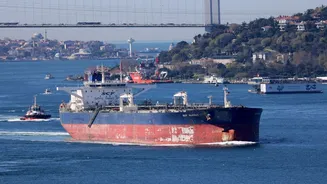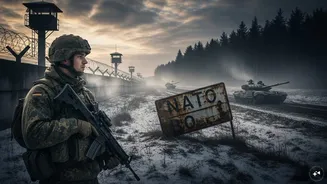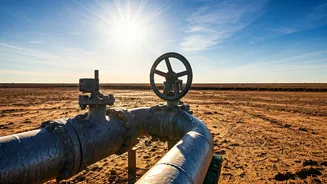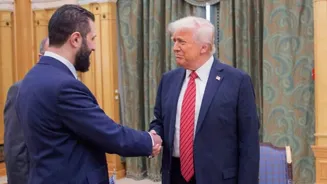On November 5, containers of vitrified nuclear waste arrived for the first time at the Integrated Disposal Facility from Washington’s Hanford Nuclear Site. This milestone marks the culmination of 23 years
of work and a $30 billion investment.
Hanford, once the heart of America’s nuclear weapons programme, is now grappling with the toxic legacy it created. These containers hold low-activity radioactive waste.
In the 1940s, during World War II, America initiated the Manhattan Project and selected Hanford to produce plutonium for nuclear bombs. Producing a single bomb requires 4 to 6 kilograms of plutonium, but the process is highly complex. Uranium is used as fuel in reactors to produce plutonium, but this generates waste full of transuranic materials. This waste contaminates soil, sludge, equipment, and workers’ clothes.
How Much Waste Does A Nuclear Test Actually Produce
Hanford produced a total of 56 million gallons (about 212 million litres) of radioactive waste from making plutonium for thousands of bombs. Estimates suggest that producing one kilogram of plutonium creates thousands of litres of liquid waste and hundreds of tons of solid waste, which can spread radiation for centuries.
From 1944 to 1988, America produced over 100 million gallons of hazardous liquid waste for 100 metric tons of plutonium, including chemical and radioactive mixtures.
During the Cold War, this volume increased even more. America manufactured over 100,000 bombs, each adding more layers of waste. Gases from chemical processing were released into the air, and waste was dumped into rivers. Hanford’s soil remains toxic, and now the waste is being sealed in glass and buried in landfills. Cleaning the entire site will take decades.
How Much It Actually Costs
However, manufacturing bombs wasn’t enough; they had to be tested too. The cost of nuclear testing is another significant factor. By 2025, an underground nuclear test is estimated to cost $125 to $150 million per test, including digging tunnels and installing devices.
Experts estimate a basic demonstration test costs about $140 million, and full scientific tests can take years. From 1945 to 1992, America conducted over 1,000 tests, costing billions of dollars. Developing, testing, and building bombs cost $409 billion. Each explosion shook the earth and created more waste. Radioactive dust from blasts caused immense environmental damage. Places like the Marshall Islands still bear the scars of testing, with over 60 toxic sites where people cannot live.
What Has Donald Trump Announced?
On October 30, President Donald Trump posted on social media, “America should immediately restart nuclear weapons testing. We’re the only country not doing it; Russia and China are, we need to catch up.”
On November 2, Energy Secretary Chris Wright clarified that initial “limited tests” wouldn’t involve explosions, just simulations and system tests to check other parts of nuclear weapons.
But on November 3, Trump reiterated in a ’60 Minutes’ interview that it’s necessary for national security. Experts warned that restarting full tests could take 24-36 months and cost millions per test.
What Will Be The Impact On America?
On November 6, Russia indicated it might consider testing too, which could spark a new arms race akin to the Cold War. This would not only ignite a new race for weapons but also add more waste to sites like Hanford.
Hanford’s first delivery serves as a warning about the risks of nuclear testing waste. Trump’s new order risks repeating old mistakes. The drive to build bombs devastated the environment, depleted the treasury, and now there’s fear that the same cycle will start again.


















